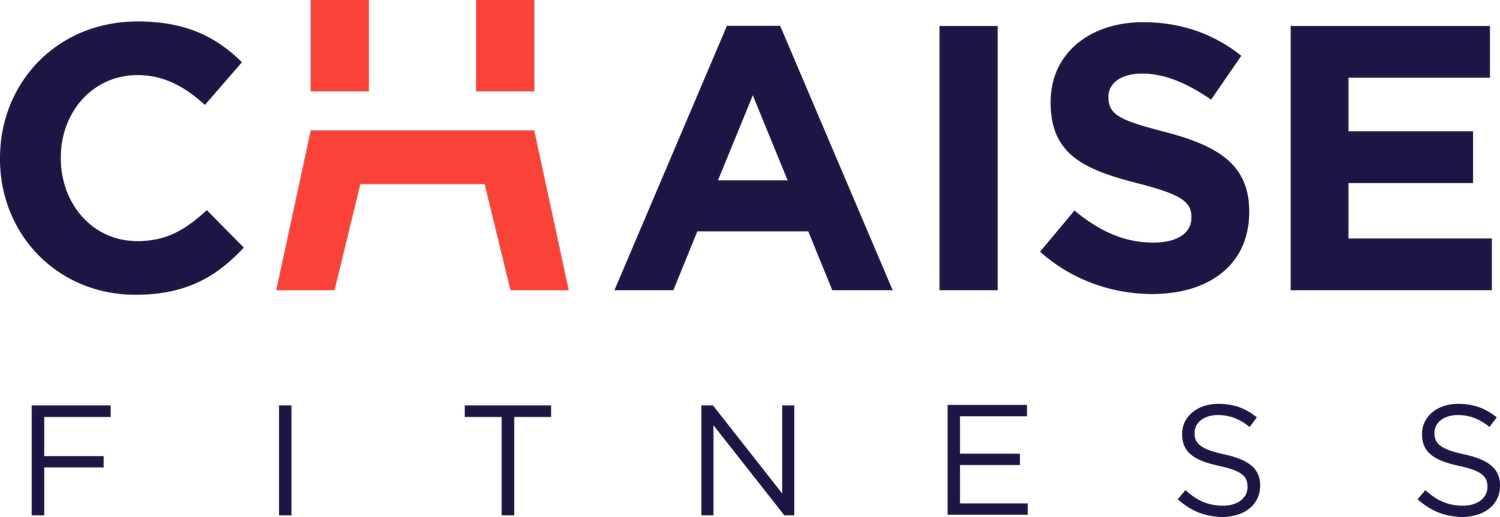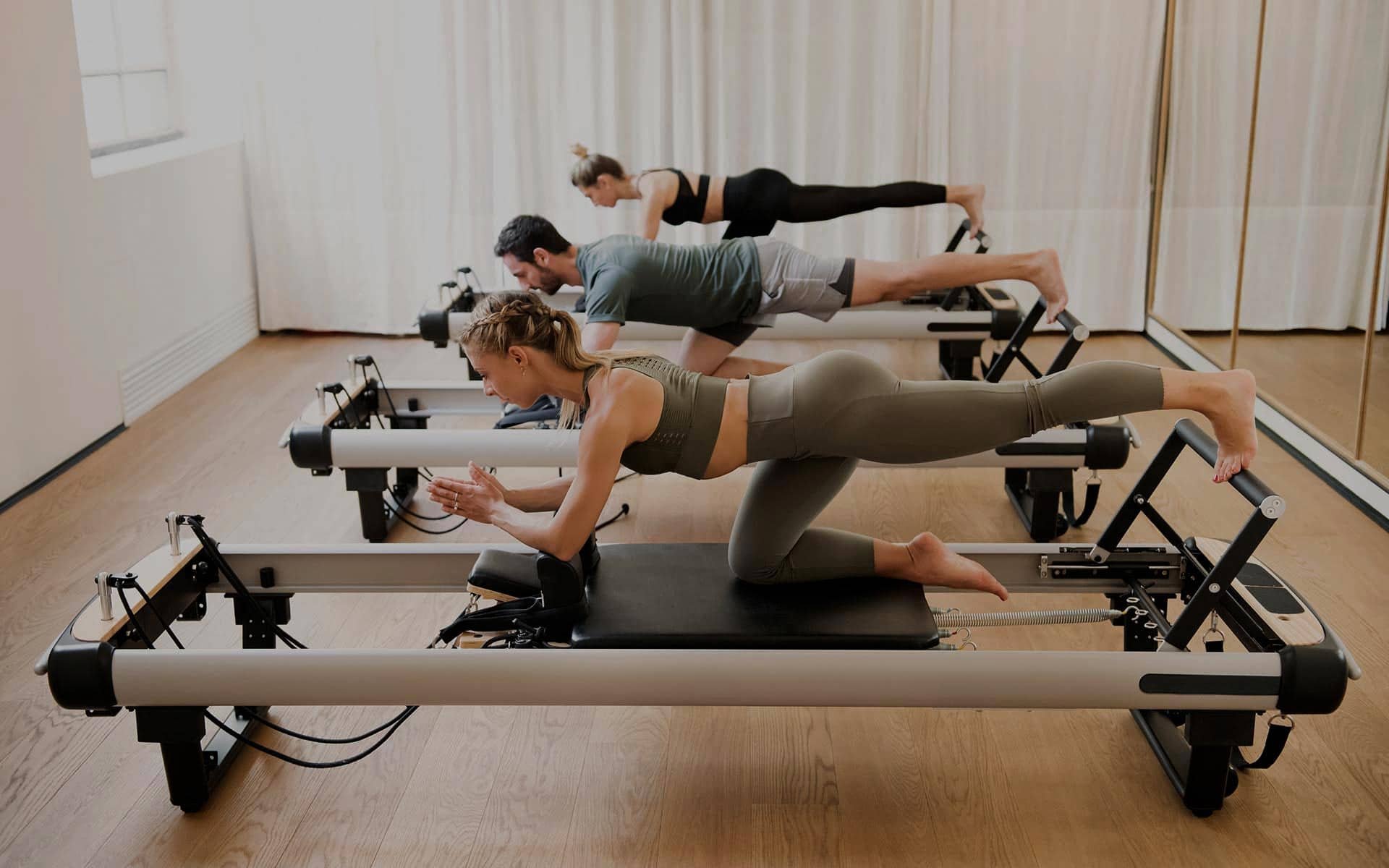Why Taking a Pilates Class is Great for Injury Rehabilitation
Are you thinking about taking up a Pilates class as a means of injury rehabilitation? People have been enjoying the fitness regimen and reaping the numerous benefits of Pilates since it was first created in the early 20th century. It was originally developed as a substitute for injured dancers, but it has blossomed into a widespread fad with over 12 million practitioners worldwide today.
Pilates is a low-impact exercise, so your joints will not be put under strain as you exercise. This is an excellent alternative for millions of people who are unable to perform higher-impact exercises due to injury or other factors. When performed properly and frequently enough, pilates can create muscular strengthening effects. If you're big into Pilates or are just thinking about trying an Upper East Side Pilates class someday, below we will talk more about the rehabilitative benefits it offers!
Upper East Side Pilates | Benefits of Pilates for Injury Rehabilitation
1. Pilates Can Help People With Spinal Curvatures & Diseases:
In some cases, poor posture can lead to significant bodily damage, especially when the muscular strain is neglected for a long time. Ligaments, tendons, and muscles in your back and shoulders can be damaged by bad posture. This might induce discomfort as a result of compensatory and incorrect movement patterns, and eventually injury in some people.
Pilates can help fix this problem, which is frequently seen in individuals who work long hours sitting at a computer or those who have had scoliosis or spinal degenerative disease for many years. Pilates enables you to correctly position your spine and shoulders while strengthening your core and back muscles, allowing you to attain ideal posture and relieve some of the strain put on your spine. A Manhattan pilates session will also help you learn how to identify when your spine is not straight, allowing you to correct any problems. People who have scoliosis or a spinal problem may benefit greatly from this type of cognitive awareness.
2. Pilates Strengthens the Core, Helping With Muscular Symmetry & Spinal Health:
Pilates increases your core strength. The muscles of the core assist with a variety of activities, from walking to standing to running. They help you maintain your balance and posture, allowing you to function effectively and reducing the chance of injury.
Many people try Pilates for the first time after experiencing lower-back pain, which is caused by poor posture. The core muscles are strengthened so that your body does not have to overcompensate for inefficient movements, resulting in stiffness and tiredness. It allows muscles to operate freely while still properly supporting your posture. This can reduce stress, as well as any additional strain on the spinal discs, which may help to prevent injuries like herniated discs. Pilates exercise will also help you develop more symmetry in your body by working both sides of it equally, reducing overuse and injury caused by bias in your regular activity.
3. You Learn Proper Rehabilitation Techniques:
Physical therapy may sometimes entail having patients perform activities that they are unwilling or unable to do, either because they are too painful or because they lack the knowledge necessary for effective performance.
Pilates aims to correct this problem by emphasizing the importance of muscle alignment and proper body positioning when performing rehabilitative exercises. Not knowing how to properly position the body for maximum effectiveness might not only slow the healing process, but it may also cause further harm.
4. Taking a Pilates in NYC Will Increase Flexibility:
Pilates works on a lot of dynamic stretching. The muscles targeted by pilates routines are elongated and strengthened through stretching and exercises. Increasing the dynamically-functional range of motion in your muscles allows you to have a greater free range of motion, which can aid your performance in other activities as well as make your body feel more relaxed.
Pilates can thus be a great way to address stiffness of joints and other flexibility-related injuries. By stretching the muscles around the joints, the body slowly begins to increase its ability to move the joint with a greater range and without pain.
5. Pilates Can Help Restore Function After Herniated Discs:
Pilates also helps people with herniated discs. The activation of stabilization muscles in the regions surrounding the neck and back, which may help provide better support, is an alternative to pain alleviation techniques.
It can also help with postural problems, preventing the disc from wearing down and causing more discomfort. Furthermore, strengthening of muscles surrounding the disc can free any unnecessary strain on your back by allowing you to move with ease.
6. Pilates Is A More Active Rehabilitative Approach Than Some PT Methods:
Many people experience more success with Pilates than with conventional physical therapy, depending on the severity of the damage. Because Pilates is such an adaptable form of exercise, it may be more appealing to some.
Following knee-replacement surgery, one might emphasize one specific region of the body, such as the knee. Pilates, on the other hand, is a total-body workout. It aims to protect against additional damage by focusing not just on the afflicted region but also on other areas of the body.
Pilates has motivated many to pursue rehabilitation since it not only strengthens muscles but also increases motivation and gives people hope.
7. It Can Help Recovery After Hip And Knee Replacement Surgeries:
Pilates has several benefits, but one of the most significant is its aid in joint mobility. This is due to the fact that after each Pilates session, your muscles surrounding these joints get stronger and longer, allowing you to move further without pain or discomfort. This reduces the stiffness that comes from decreased joint mobility.
Pilates can help you decrease your risk of arthritis by helping you keep your hips, knees and other joints mobile. This may also be a fantastic alternative for individuals who have had hip or knee replacement surgery since it allows them to reclaim complete control following the operation
8. Pilates Increases Blood Circulation To Speed Up Recovery:
The importance of good blood circulation cannot be overstated. Oxygen and nutrients must travel to every part of the body swiftly and effectively if you want them to be there when you need them. Poor blood circulation can have detrimental effects on the heart, brain, limbs, and internal organs, among other things.
Pilates improves circulation, which is critical for heart health, lowering blood pressure, and more. It's the ideal exercise program for people who want to enhance their heart health while keeping their bodies properly oxygenated. Furthermore, when your body is adequately oxygenated, injuries can mend faster. The afflicted region will not have the required resources to recover in a timely manner if blood flow is restricted.
9. Heal And Strengthen Your Bones With a Pilates Class:
Pilates can not only improve muscle strength, but it may also increase bone strength! This is excellent news for people with osteoporosis or those who have just had a hip replacement or other invasive surgery.
Pilates targets problem areas by strengthening bones as well as reducing body fat. This can help your bones heal and rebuild, which can assist in preventing future fractures. Because pilates is also a form of body weight training, it helps to strengthen our bones and skeletal structure by loading it during exercises.
Looking for an Excellent Pilates Class in Manhattan?
At ChaiseFitness, we believe that anyone can be fit—no matter what skill level or body type. This belief inspired the creation of our patented Reinvention Method, which is for everyone—the athlete, the dancer, the beginner, the advanced, the rebuilder. We blend Pilates, ballet, and strength training and equip you with a chair and overhead bungees so that you work out all your muscles every time. We are located in the Upper East Side in Manhattan. For more information, you can contact us at (973)996-2063, or visit our website.



